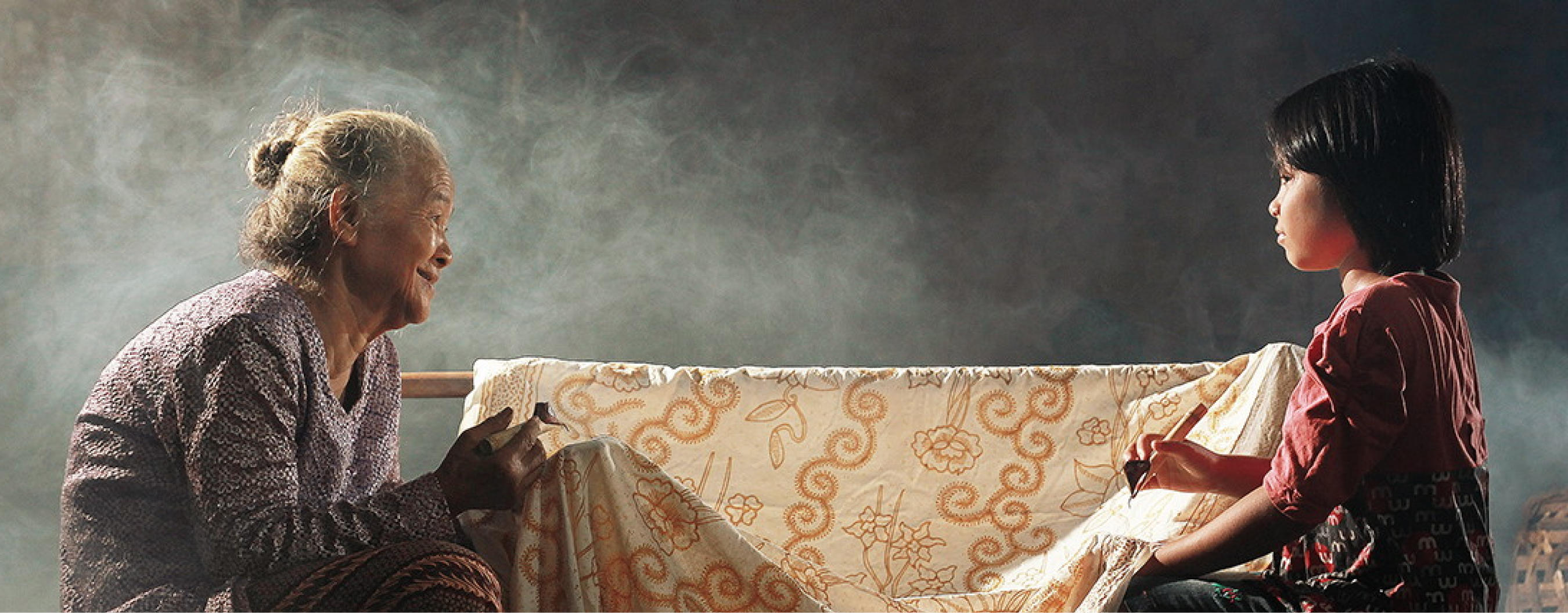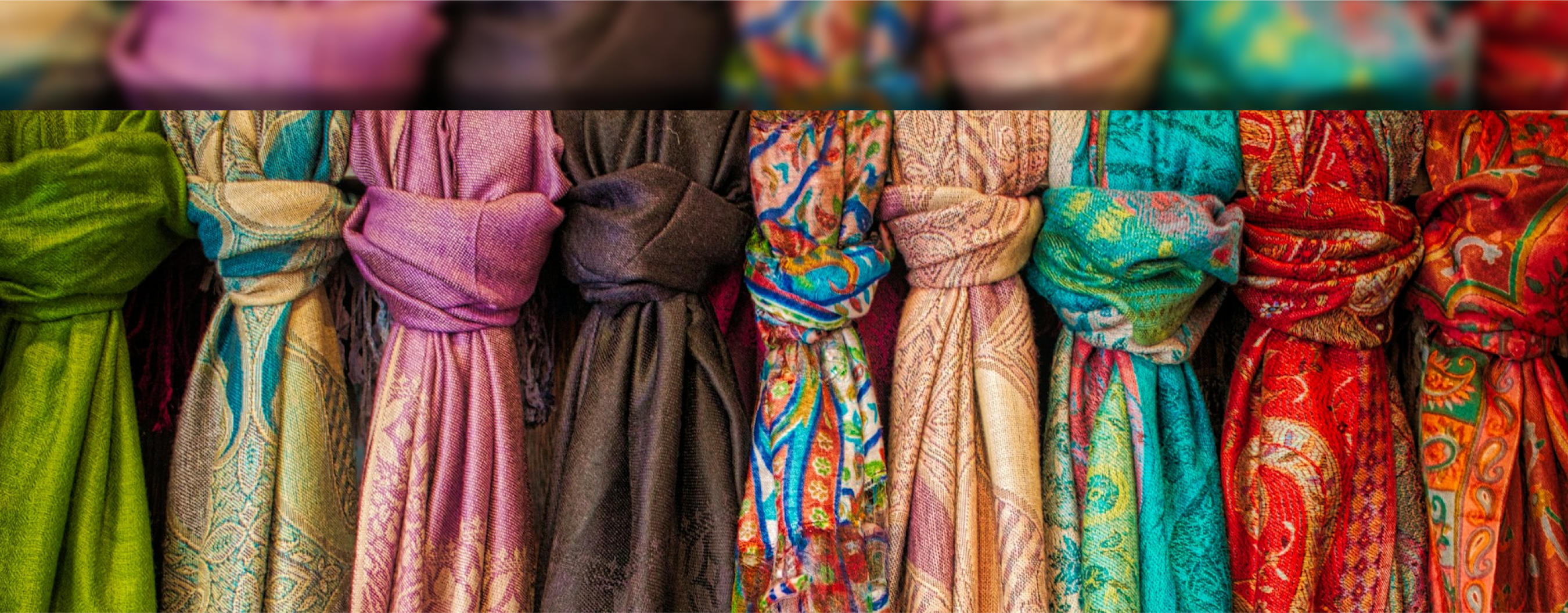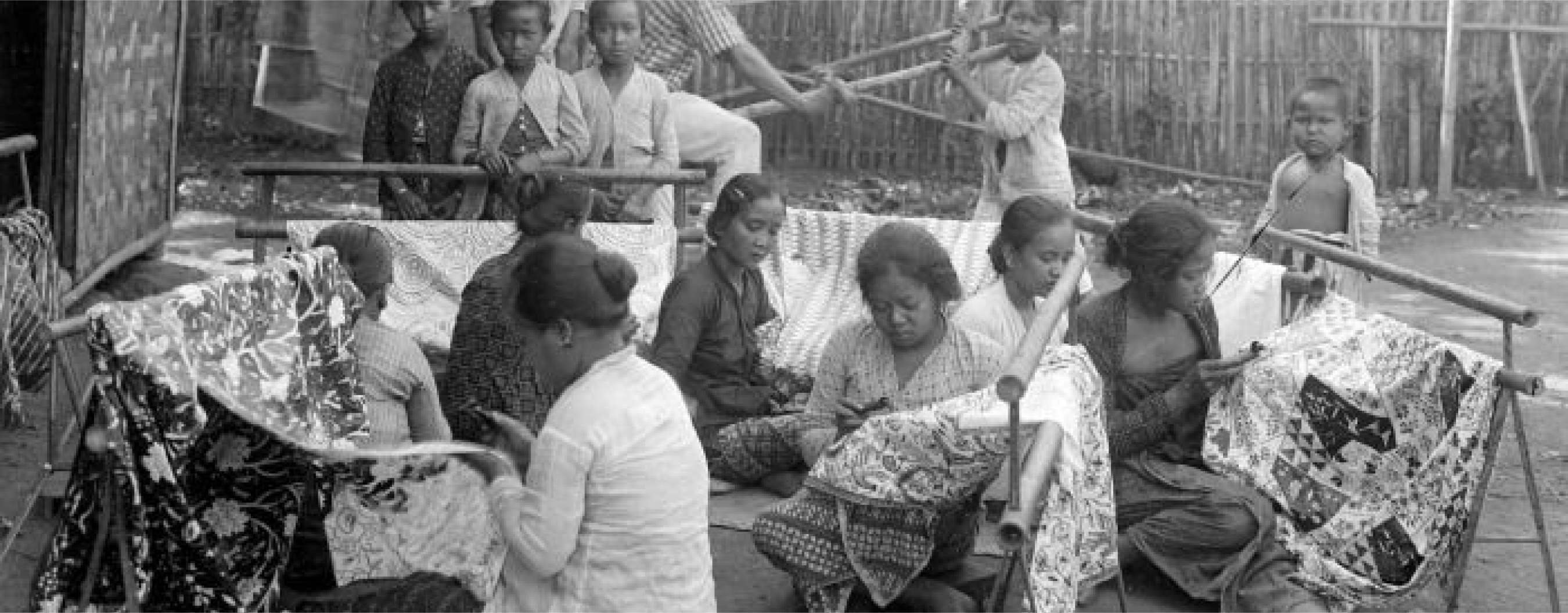
From Ancient Dyes To Modern Design : Tracing The Origins of Batik
Indonesian Batik, a cultural masterpiece, epitomizes the intricacies of heritage and offers a window into the past of a nation renowned for its rich traditions. This revered fabric, characterized by its intricate designs and vibrant use of color, transcends mere fashion to represent a deep-rooted artistic practice that has been handed down through generations.
The genesis of batik dates back at least a millennium, with the earliest evidence found in the royal courts of Java, Indonesia. It was more than just fabric; it served a profound societal role, delineating social status and regional identity. The meticulous technique of wax-resist dyeing, where patterns are drawn with wax that resists dyes, allowed for the development of symbolic motifs that communicated values, beliefs, and narratives intrinsic to different communities.

Photo by Vichaya Pop
Over centuries, batik evolved, influenced by various historical events and cultural exchanges. The arrival of Indian, Arab, and later European traders brought new styles and techniques, enriching the batik-making process while preserving its traditional essence. Each era added layers, evident in the diverse patterns found across Indonesia's myriad islands. The colonial period, in particular, introduced chemical dyes and mass production techniques, which expanded batik's reach but also spurred a movement to preserve traditional methods that emphasized hand craftsmanship and natural dyes.

Toraja batik pattern
The oldest Batik textile dated since 5 Century in Indonesian archipelago was found in Toraja Regency in Sulawesi island. But somehow the wax-resist dyeing technique was transmitted from outside the Indonesian Archipelago remind a question. Based on historical findings, historians believed that Batik technique was also spread by European colonials to other parts of the world.
Elaborating on how the batik technique reached Europe, Maria Wronska-Friend, in her book: Batik Jawa Bagi Dunia (Javanese Batik to The World) said the credit for introducing Javanese batik to Europe in the last decade of the 19th century belonged to the Dutch, the then-colonial rulers of Indonesia. From Holland it spread to other countries, especially France, Germany and Poland.

Internationally acclaimed designers have incorporated batik patterns into their collections, showcasing its versatility and timeless appeal. It is celebrated annually on "National Batik Day," where Indonesians don traditional attire, highlighting its enduring legacy and the ongoing commitment to its preservation. Furthermore, UNESCO’s recognition of batik as a Masterpiece of Oral and Intangible Heritage of Humanity in 2009 underscored its significant cultural value and helped elevate its status on the global stage.
The chronicle of batik is not merely a tale of fabric but a rich tapestry woven with the threads of history, identity, and artistry. As it continues to adorn the canvas of modern fashion, Indonesian batik preserves its ancestral essence while adapting to the evolving tastes of a global audience. Its journey from the ancient courts of Java to the high streets of global cities reflects an unwavering spirit of innovation and resilience. Batik is more than an art form; it is a living heritage, continually being redefined by those who wear and create it.



Leave a comment
This site is protected by hCaptcha and the hCaptcha Privacy Policy and Terms of Service apply.